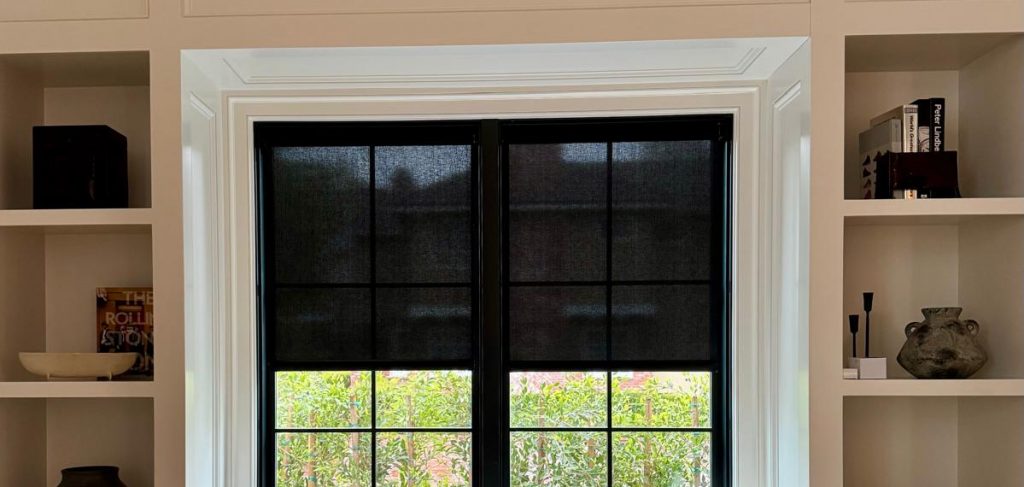
Solar shade openness (1%, 3%, 5%): what to pick?
What does “openness” actually mean, and why does it matter in Los Angeles?
Openness is the weave tightness of a solar fabric. A tighter weave blocks more light and outside detail; a looser weave lets in more. In real life that means: 1% gives the strongest daytime glare control and the most privacy; 3% balances clarity with comfort for work and TV; 5% keeps views open and softens harsh light without making the room feel closed. LA’s bright sun and long afternoons make this choice noticeable, especially on west and south exposures. If your home gets different light on different sides, it’s perfectly sensible to pick one openness for living areas and another for bedrooms—openness isn’t a one-size rule.
Which openness is best for rooms with views, like oceanfront spaces in Malibu or hillside homes in Pacific Palisades?
For view rooms, 5% usually wins. You still cut glare, but your coastline or canyon remains readable and relaxing. If the glass catches heavy afternoon sun, 3% brings stronger control while keeping the horizon visible. A common setup in Malibu is 5% on the panes that don’t take direct sun and 3% where the light hits hardest. At night, most people add full-closing drapery so the room feels soft and private while the solar shade stays down for morning light.
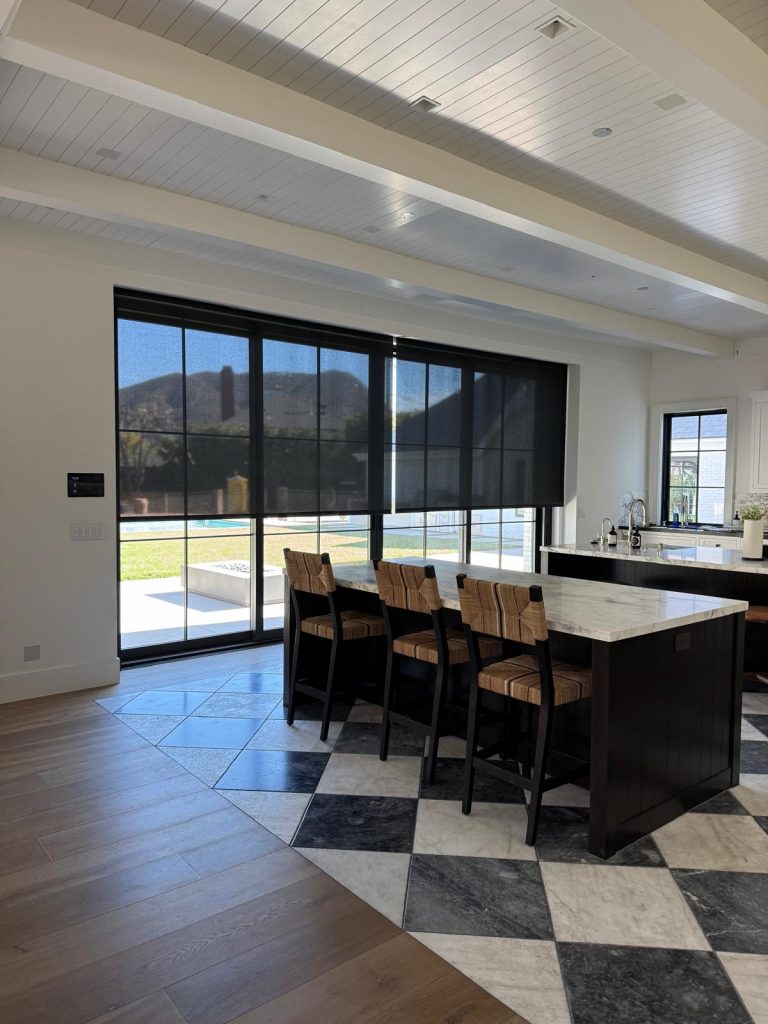
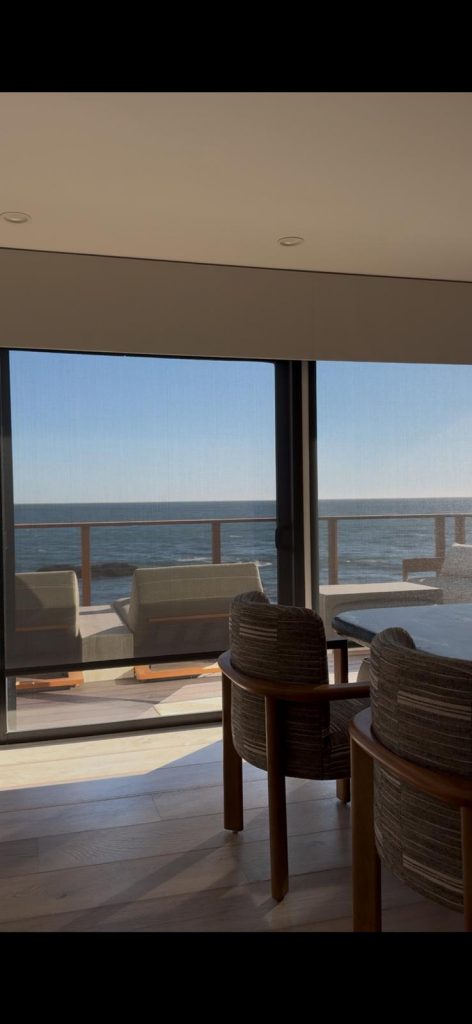
How do 1%, 3%, and 5% handle TV glare and home-office screens?
If screens matter, 3% is the sweet spot. It knocks down reflections without turning your space dim or cave-like. Home offices on east or west windows in Santa Monica and West LA run well on 3% because it handles both morning and late-day brightness. For media rooms or gaming setups, 1% is more comfortable during bright hours. If the room is as much about the view as the screen—say a shaded Palisades den—5% can work on the north or courtyard sides, with a night layer for movies.
Will solar shades give privacy at night?
Not by themselves. With interior lights on, silhouettes can be visible from outside at any openness. Think of solar fabrics as a daytime tool first. For bedrooms or street-facing living rooms, plan a night layer. You can use blackout drapery that closes over the opening, or a blackout roller with side channels if you prefer a minimal, shade-only approach. For a softer look, many clients keep a sheer drapery layer for daytime texture and a separate blackout solution for evening.
Is 1% too dark for everyday living, and when is it the right choice?
It depends on how you use the room and how sensitive you are to brightness. 1% shines in media rooms, nurseries on busy streets, and west-facing glass where afternoon sun gets aggressive. You’ll still sense outline and movement outside, but it’s about control first. For family rooms that need to stay bright, consider a mix: 1% on the problem panes and 3% elsewhere. Another tip: use a darker 1% fabric when you want crisp glare reduction, or a lighter 1% if you want to keep the room’s overall tone brighter.
When should I choose 3% over 1% or 5%?
Choose 3% for mixed-use spaces. It’s the most forgiving when the room does a little of everything: daytime calls, homework, light TV, casual hosting. It trims reflections on screens, protects floors and furnishings from UV, and still keeps a reasonable sense of the outside. In many Orange County new builds, 3% is the default for main living windows because it plays nicely with clean drywall returns and contemporary trims. If the view is a priority, keep 3% on the sunny panes and go 5% where shadows already help.
When does 5% make more sense than 3%?
5% is great when you want a light, open daytime vibe and your orientation isn’t punishing the glass. North-facing rooms, shaded courtyards, and those canyon views in Pacific Palisades love 5%. It’s also a strong pick for kitchens where you want to see the garden while you cook. If the late sun gets rough around 4 pm, add a slim ripplefold drape you can pull for a couple of hours, then open again once the light softens. The room stays cheerful without glare drama.
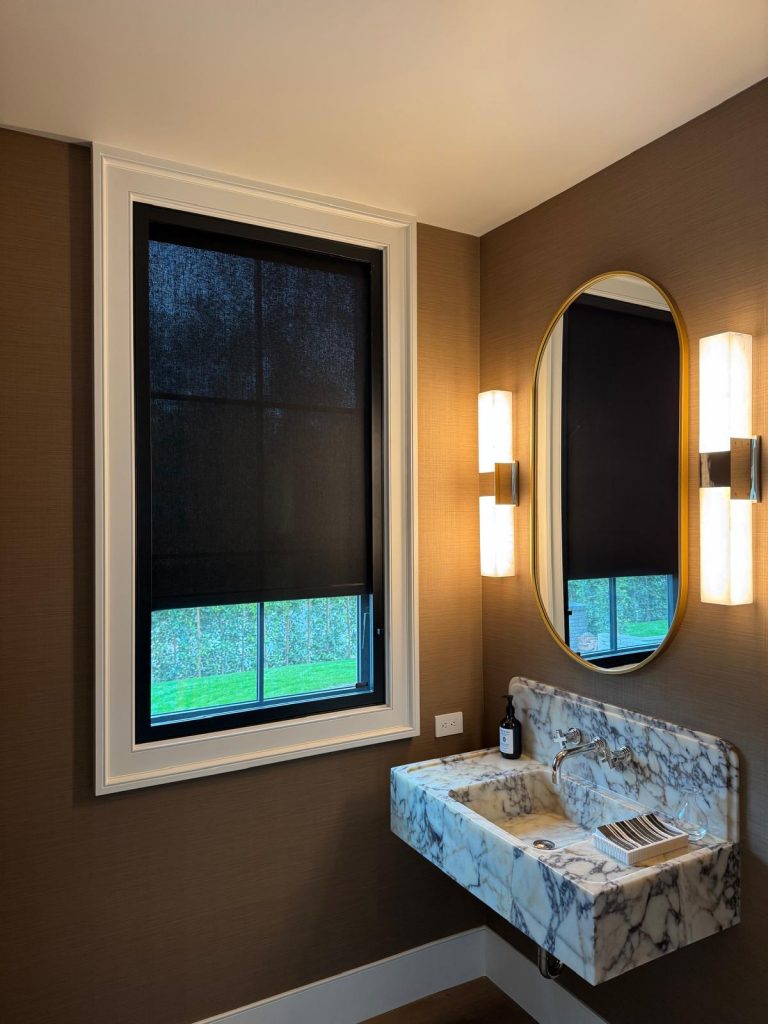
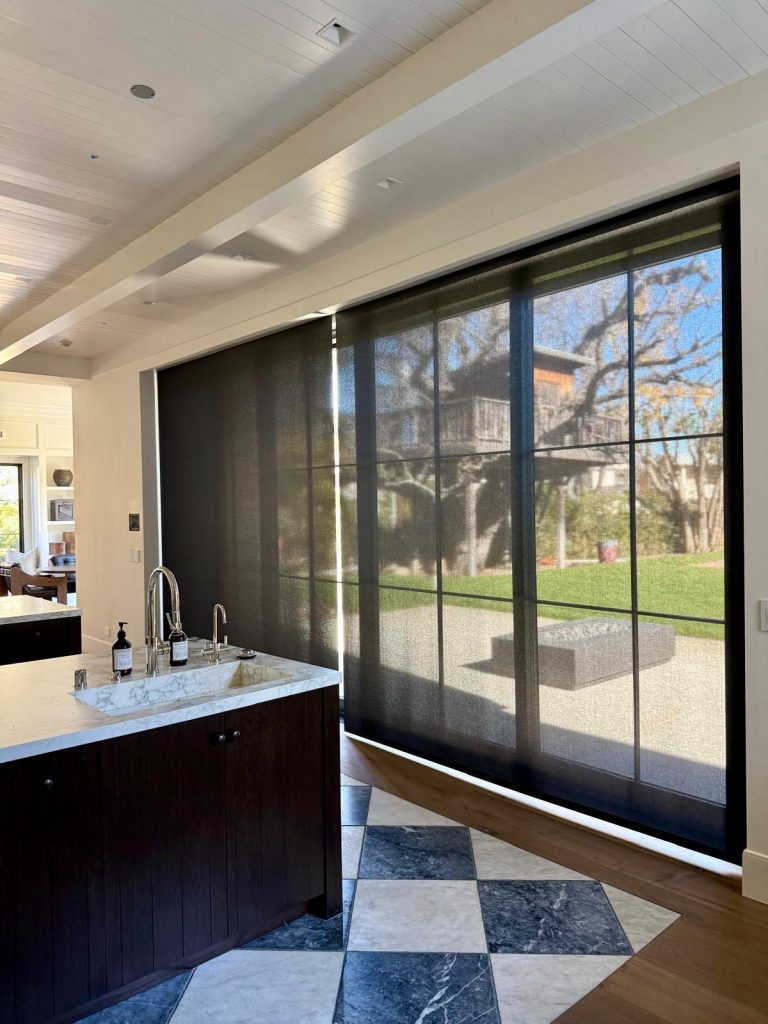
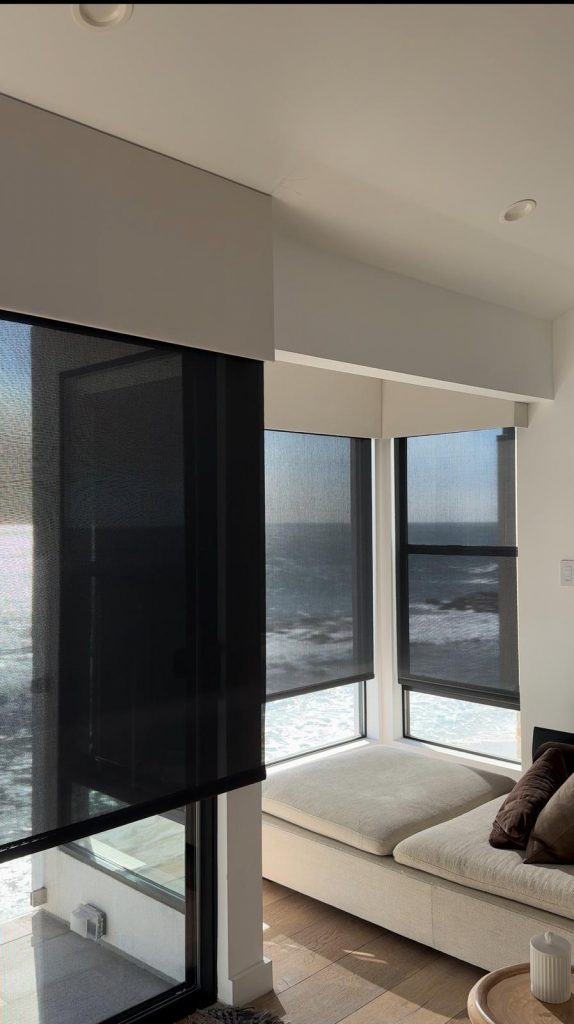
Does fabric color matter as much as openness?
It does. Darker solar fabrics cut glare more effectively and make outdoor details look sharper—helpful for hillside and ocean views. Lighter fabrics brighten interiors and feel airy but can reflect more light back into the room, which slightly reduces screen contrast. If you love bright spaces and still need control, a light 3% is a clever middle ground. For maximum view clarity in Malibu, a dark charcoal in 5% keeps that ocean line crisp without heavy tinting.
Mounting and hardware: anything I should know before ordering?
Mounting closer to the glass improves performance. Inside mount looks architectural and minimal if your window depth allows; outside mount hides uneven frames and helps reduce edge light. On wide spans, a two-on-one headrail splits the weight and keeps daily operation easy. A fascia or fabric-wrapped cassette tidies the top line. If blackout matters later, plan for returns on drapery or specify side channels with the roller to seal light gaps. Those small decisions often make the difference between “good” and “exactly what you wanted.”
Thinking About Solar Shade Openness?
Not sure if 1%, 3%, or 5% is right? Tell us the room and when the sun hits. We’ll reply with a clear recommendation and fabric options. Use the contact form — we read every note.
